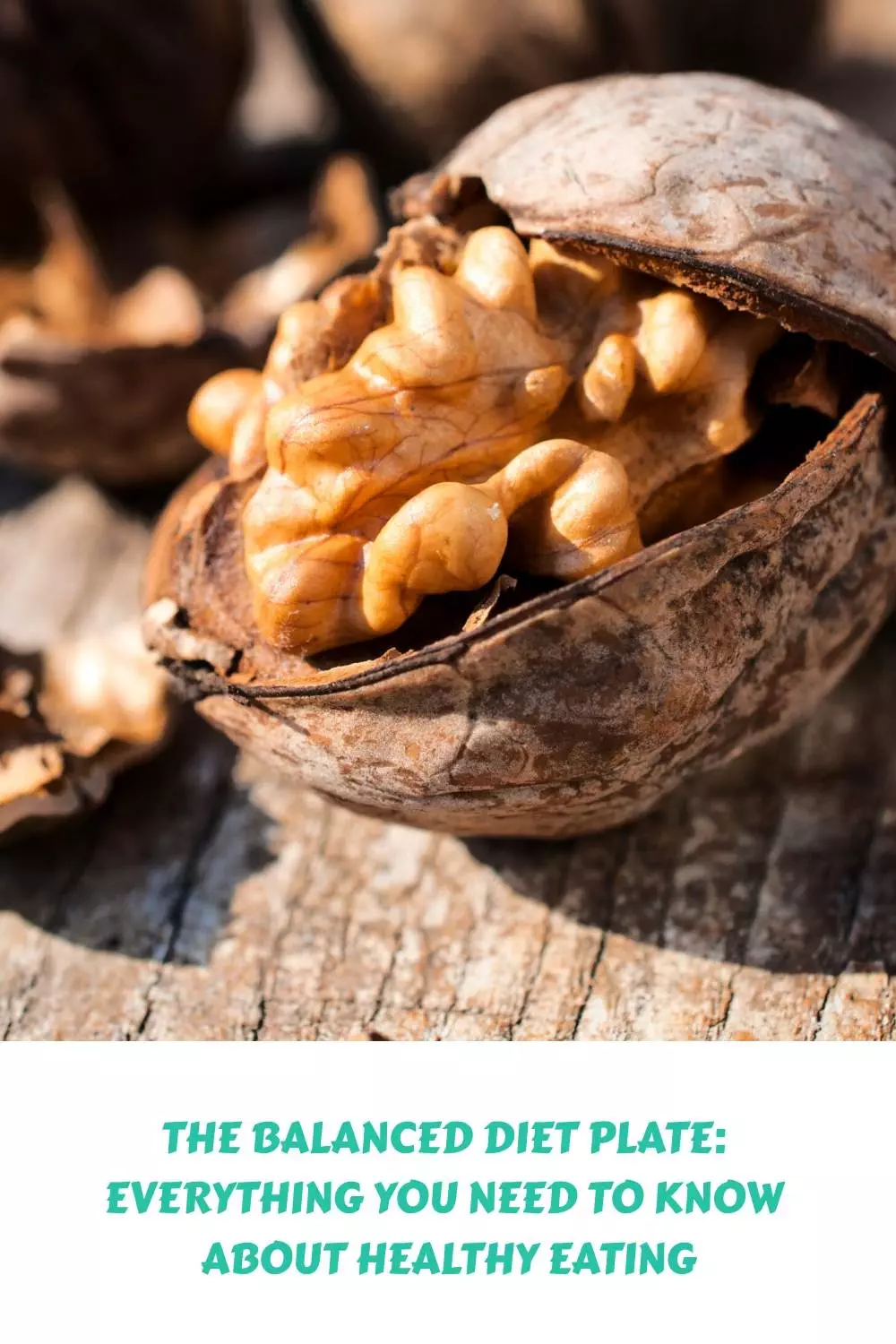Introduction to the Balanced Diet Plate
The Balanced Diet Plate is a simple and easy-to-use tool that helps you create healthy meals. It was developed by nutrition experts at the Harvard School of Public Health, and it’s designed to provide an ideal balance of macronutrients (carbohydrates, protein, and fat) as well as micronutrients (vitamins and minerals). The plate consists of four sections: fruits and vegetables, whole grains, lean proteins, and healthy fats. By following this guide, you can ensure that your diet is balanced and provides all the essential nutrients for optimal health.
The Importance of a Balanced Diet
A balanced diet is crucial for maintaining good health. A balanced diet should include a variety of foods from each food group, including fruits, vegetables, whole grains, lean proteins, and healthy fats. Eating a balanced diet can help prevent chronic diseases such as heart disease, stroke, type 2 diabetes, certain types of cancer, and obesity. Additionally, eating a balanced diet can improve cognitive function, boost immunity, increase energy levels, and promote overall wellbeing.
How to Create Your Own Balanced Diet Plan
Creating your own balanced diet plan doesn’t have to be complicated. Here are some tips to get started:
1. Start with the Balanced Diet Plate as a guideline. Use the plate as a visual aid to make sure you’re getting a balanced mix of macronutrients and micronutrients.
2. Incorporate a variety of fruits and vegetables into your diet. Try to eat a rainbow of colors throughout the day to ensure you’re getting a wide range of vitamins and minerals.

3. Choose whole grains over refined grains. Whole grains are higher in fiber and other important nutrients than refined grains like white bread or pasta.
4. Select lean sources of protein such as chicken breast, fish, legumes, and tofu. These are lower in saturated fat and calories compared to red meat.
5. Add healthy fats to your diet. Avocado, nuts, seeds, olive oil, and salmon are great sources of monounsaturated and polyunsaturated fats which can help reduce inflammation and improve heart health.
6. Practice moderation when consuming processed foods and sugary drinks. These items should only be consumed occasionally and in small portions.
Conclusion and Final Thoughts on Balanced Nutrition
Balanced nutrition is critical for achieving optimal health and reducing the risk of chronic diseases. By incorporating a variety of nutritious foods into your diet and avoiding excessive consumption of unhealthy foods, you can enjoy better physical and mental health outcomes. Remember, creating a balanced diet isn’t about deprivation; it’s about making informed choices and finding what works best for your body.









